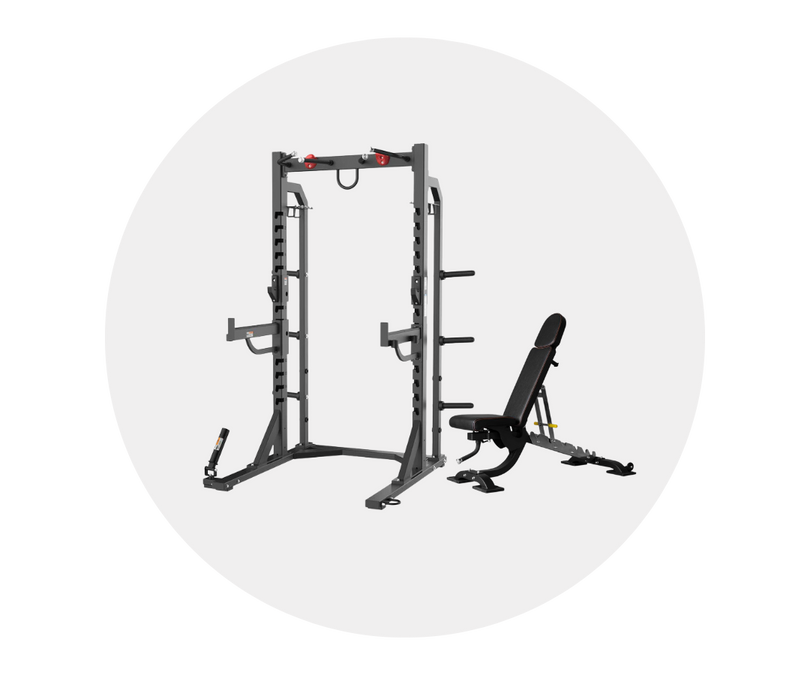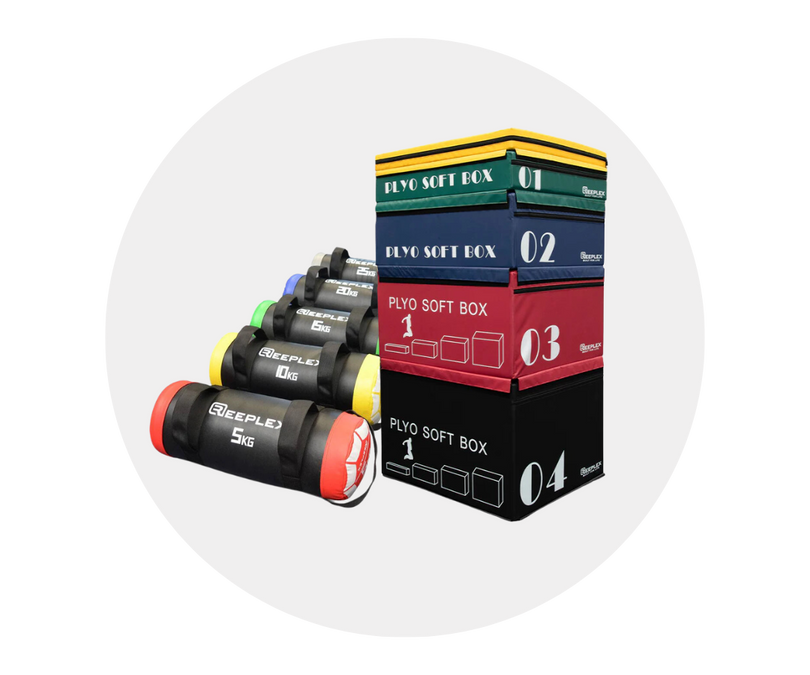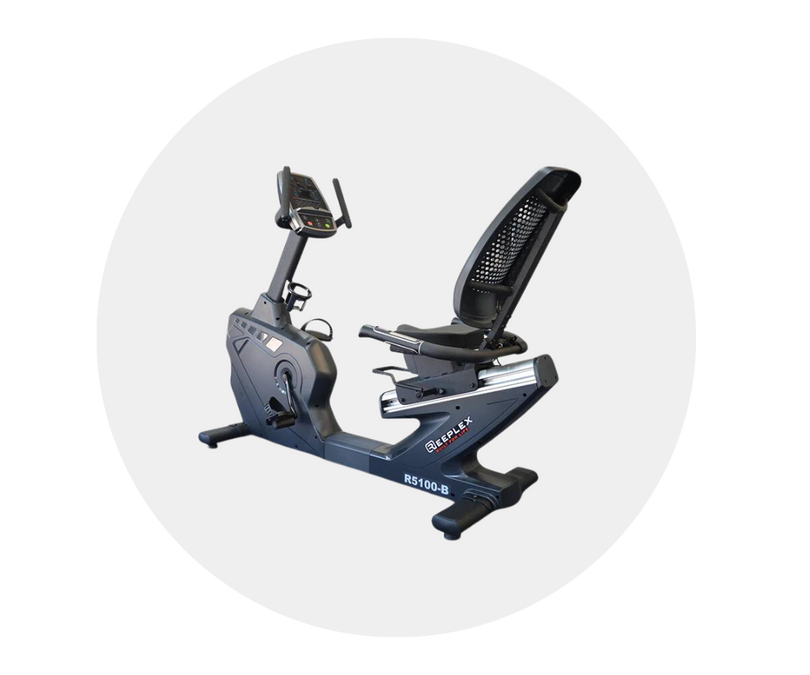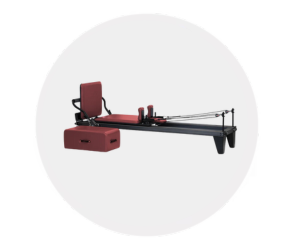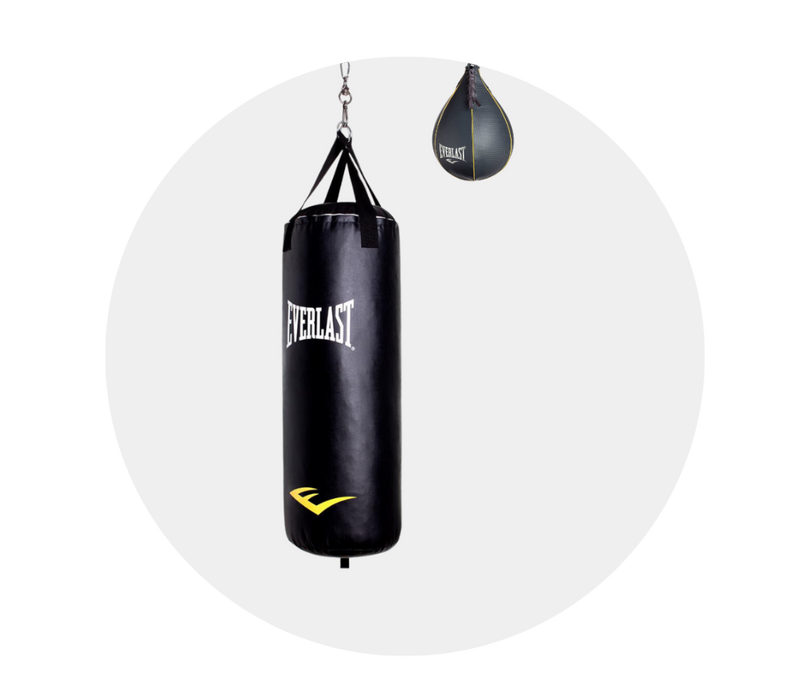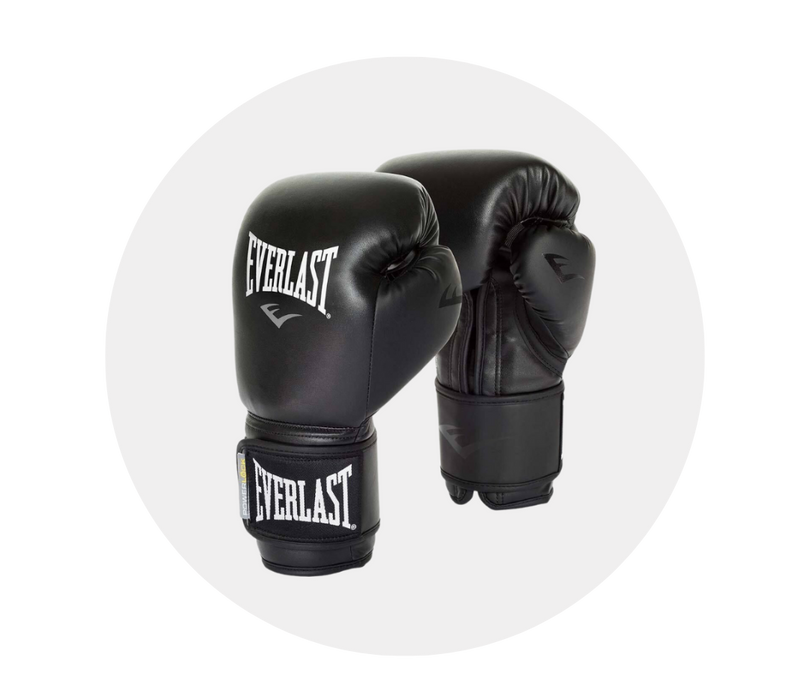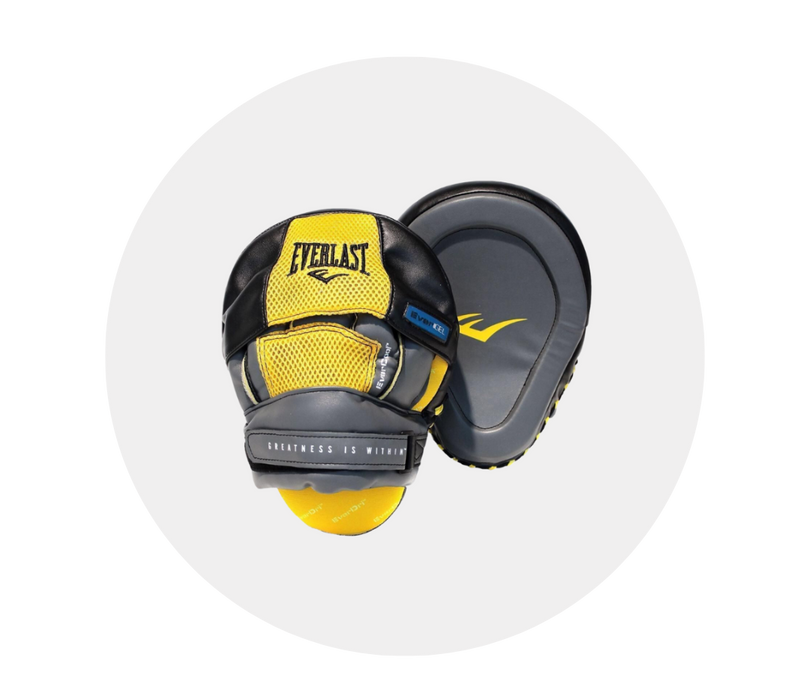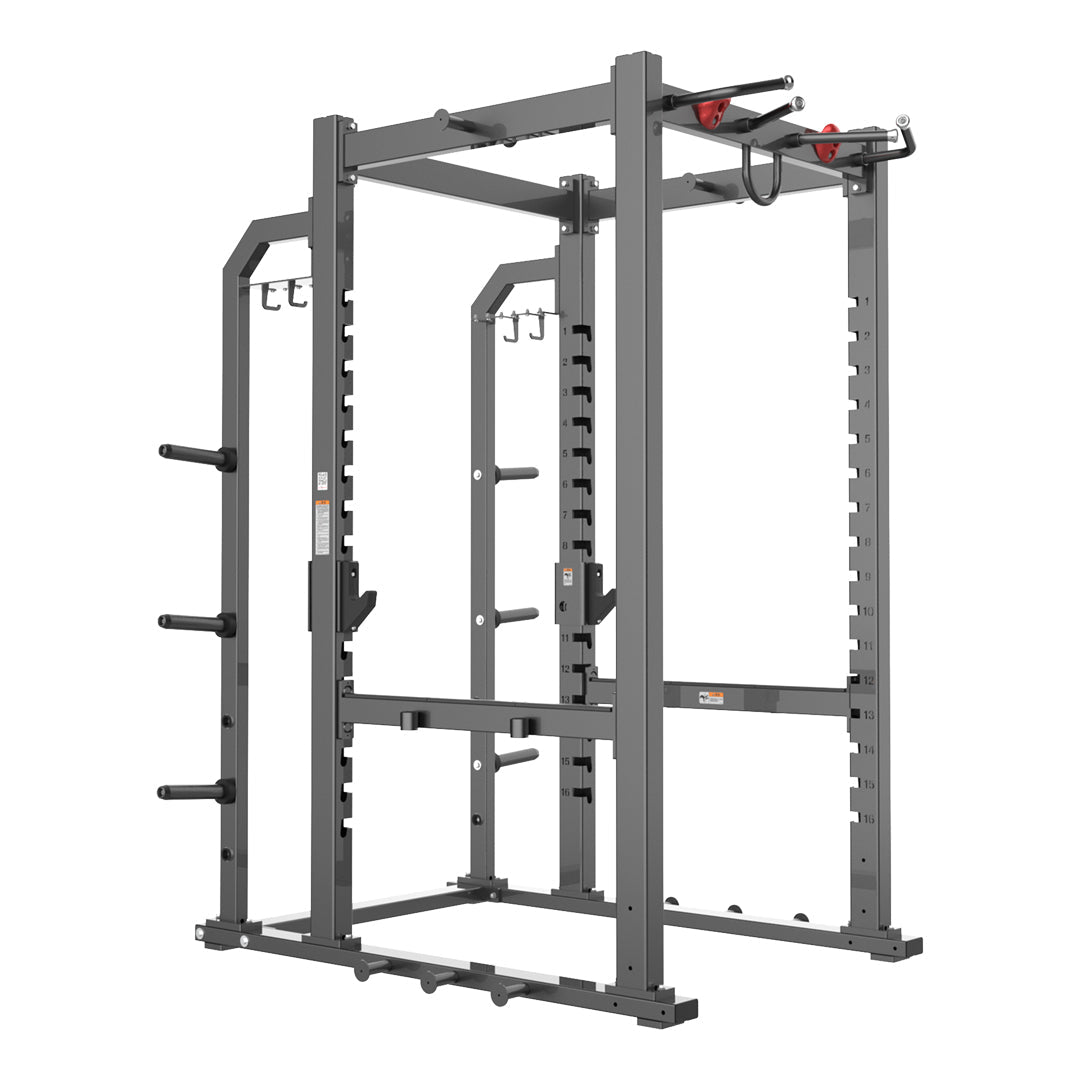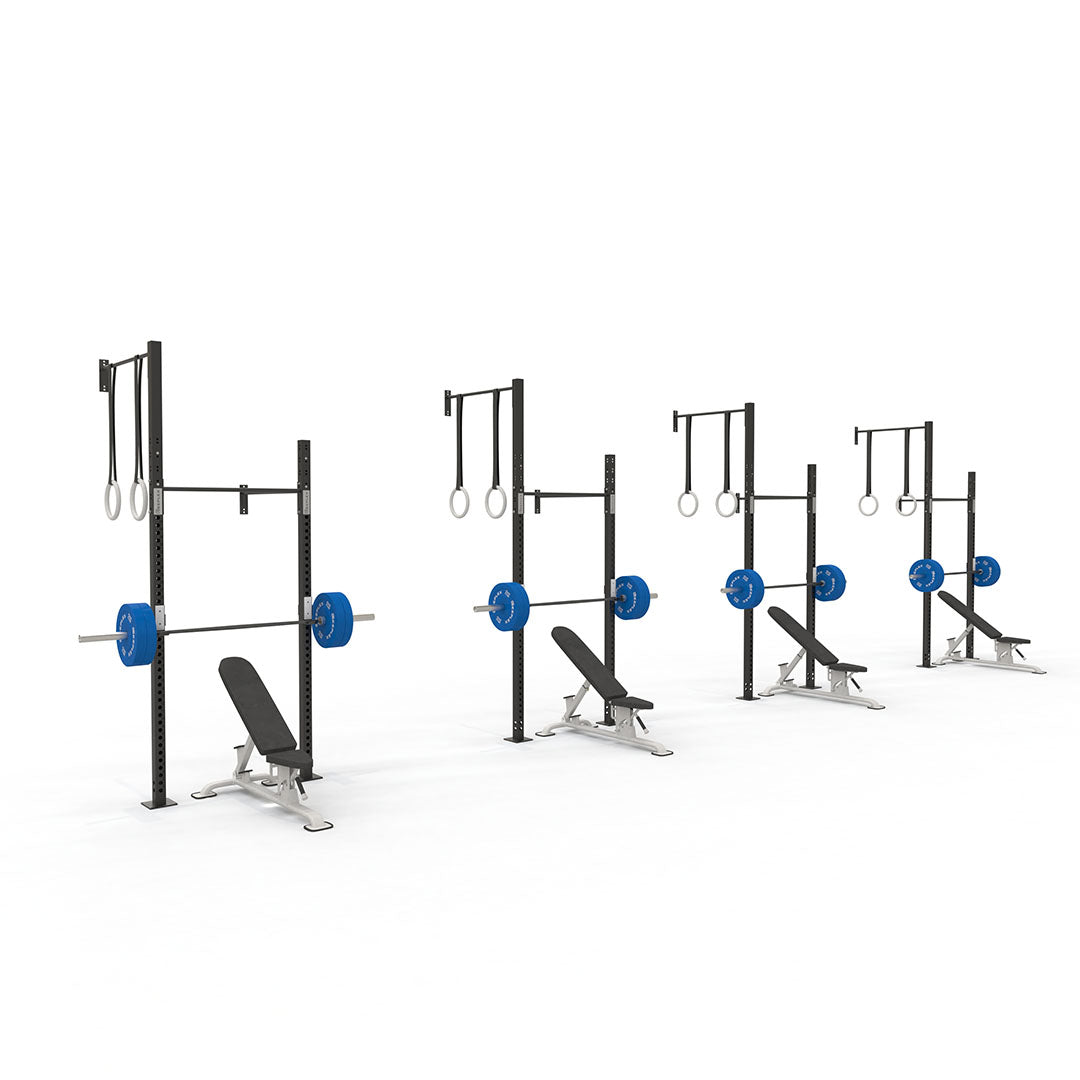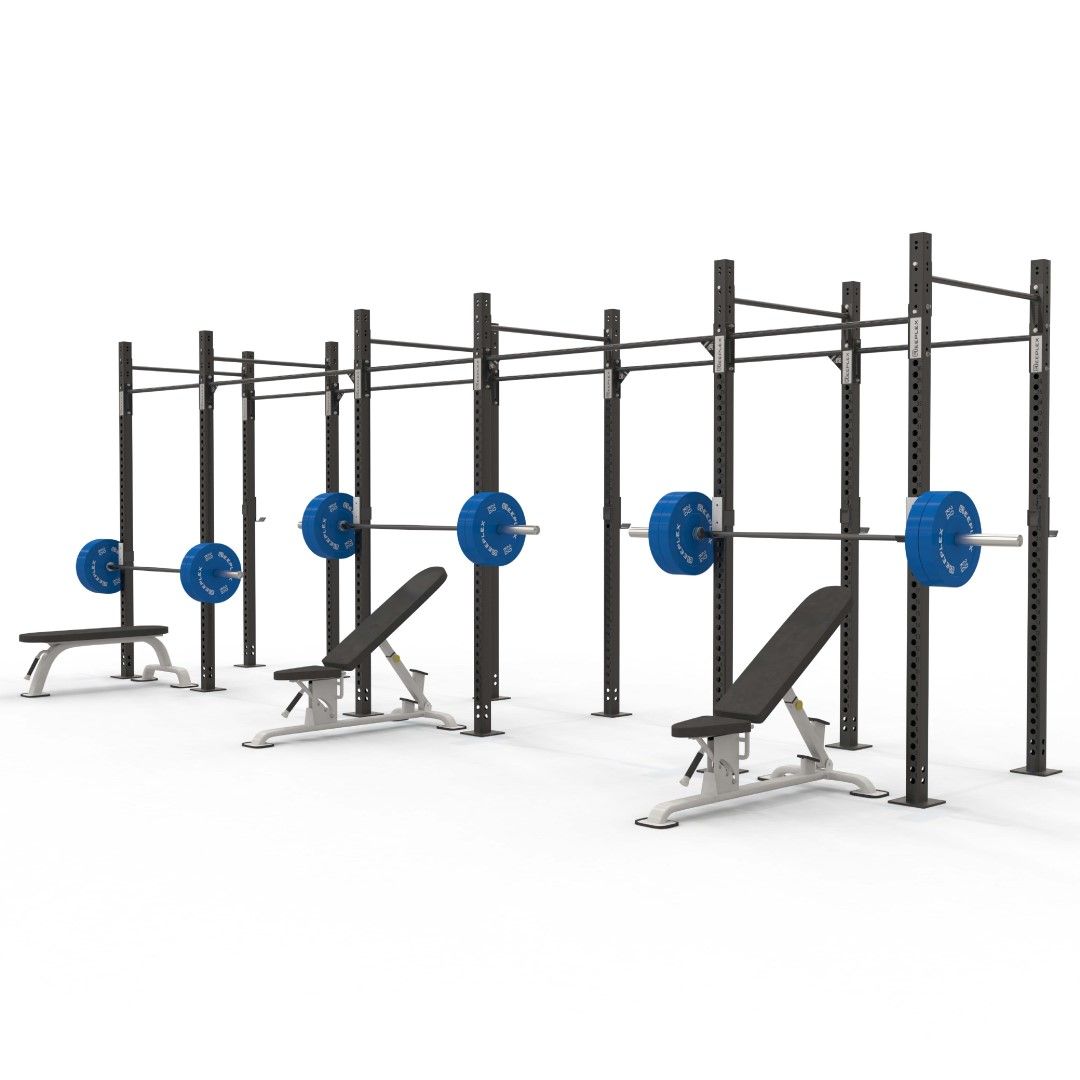StrongFlex Squat Racks: Unleash Your Strength and Power
The squat racks are indispensable tools for anyone serious about strength training. With their ability to provide stability, support, and safety during squats and other compound exercises, they offer numerous benefits for individuals aiming to enhance their strength, power, and muscle development. Embrace the power of squat racks and unlock your full potential in the pursuit of a stronger and more muscular physique.
How to perform squat racks?
- Take a moment to understand its components. Identify the adjustable safety bars, J-hooks or barbell holders, and any additional features specific to the rack you're using.
- Set the safety bars at an appropriate height by aligning them with your desired squat depth. Adjust the J-hooks or barbell holders to a level that allows you to unrack and rack the barbell comfortably.
- Prior to using the squat rack, warm up your body with a few minutes of light cardiovascular exercise, such as jogging or cycling. This helps increase blood flow to your muscles and prepares your body for the workout.
- Position yourself inside the squat rack, ensuring your feet are shoulder-width apart or slightly wider. Point your toes slightly outward to maintain stability and proper form throughout the exercise.
- Grip the barbell with a shoulder-width or slightly wider grip, ensuring your hands are secure and your wrists are aligned. Lift the barbell off the J-hooks or barbell holders, stepping back to clear the rack.
- Keeping your chest up and your core engaged, initiate the squat by bending your knees and hips simultaneously. Lower your body until your thighs are parallel to the ground or slightly below, maintaining a controlled and balanced movement.
- Throughout the squat, focus on maintaining a neutral spine, keeping your head up, and avoiding excessive forward or backward leaning. Engage your glutes and quadriceps as you push through your heels to return to the starting position.
- The adjustable safety bars act as a safety mechanism. Set them at a level that allows you to reach the desired depth while providing a safety net in case you need to bail out or rest the barbell during the exercise.
- After completing each set, rack the barbell securely on the J-hooks or barbell holders. Take short breaks to recover and hydrate before proceeding to the next set.
- As you progress, gradually increase the weight on the barbell to challenge your muscles and stimulate growth. Ensure you maintain proper form and technique as you increase the load.
What is a Squat Rack?
A squat rack, also known as a power rack or squat cage, is a sturdy framework with adjustable safety bars that allow individuals to perform various compound exercises, primarily focusing on squats. It provides a secure structure for lifting heavy weights, ensuring proper form and reducing the risk of injury. Squat racks typically feature adjustable J-hooks or barbell holders to hold the barbell at the desired height.
What are the Types of Squat Racks?
Squat racks come in different variations to cater to individual preferences and training needs. Traditional squat racks consist of a framework with safety bars that can be adjusted to various heights. Power racks, on the other hand, offer additional features such as pull-up bars, weight plate storage, and cable attachments for added versatility. Half racks are a compact version of squat racks that occupy less space while still providing stability and safety.
What are the Benefits of Squat Racks?
Squat racks offer a multitude of benefits for individuals aiming to build strength, power, and muscle mass. They provide a secure and controlled environment for performing heavy squats, allowing individuals to safely push their limits and lift heavier weights. The adjustable safety bars act as a failsafe mechanism, catching the barbell in case of fatigue or loss of control. This enhances safety during solo workouts.






